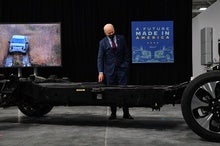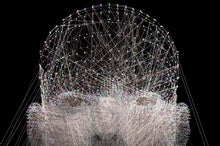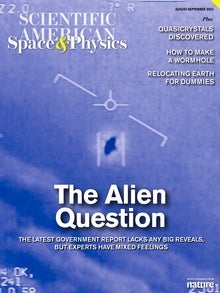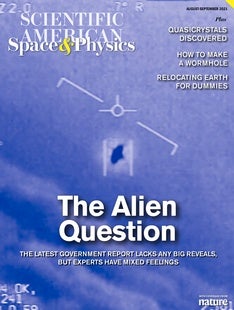 |
| August 10, 2021 |
Dear Reader,
The ocean's waves produce enough natural energy to power the entire world, but harvesting this renewable resource has proven difficult. Now a new study has succeeded in a more modest goal—siphoning enough electricity to support the lights and sensors on a navigational buoy—by using static electricity to harness the motion of the ocean. |
| |
 |
| |
| |
| |
| |
| |
| |
| |
| |
| |
FROM THE STORE
 | | | |
| QUOTE OF THE DAY
 "By 2020, things had changed. Facebook provided more transparency into political ads, offering a publicly available library of them. But it didn't and still doesn't offer visibility into the crucial ad targeting information that allows advertisers to choose who sees their ads." Julia Angwin, editor in chief of The Markup via Hello World newsletter | |
| |
FROM THE ARCHIVE
 | | Can We Power the World with Waves? [Podcast] In a new episode of the BBC World Service's podcast "CrowdScience," listener Michael in Kingston, Jamaica, asks the question, "Why can't we use energy from the waves of the sea to create all the electricity we need?" By Melissa C. Lott | January 2017 | | |
LATEST ISSUES
 |
| |
| Questions? Comments?  | |
| Download the Scientific American App |
| |
| |















![Can We Power the World with Waves? [Podcast]](https://static.scientificamerican.com/blogs/cache/file/9427CA00-ABEA-48B8-B400762D30D5F78A_W250_Hauto.jpg)








